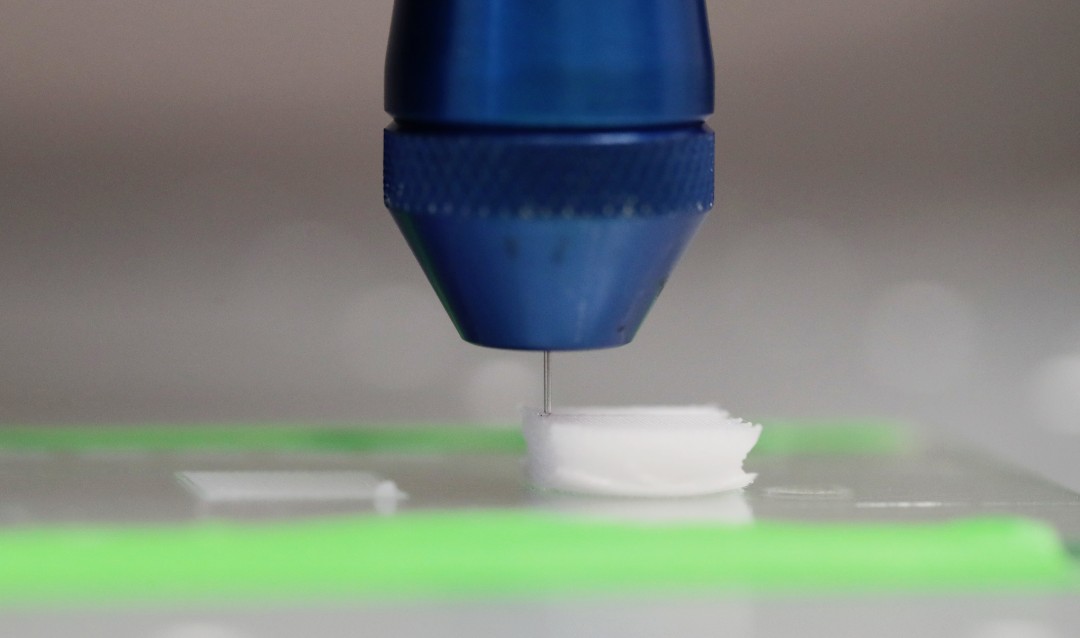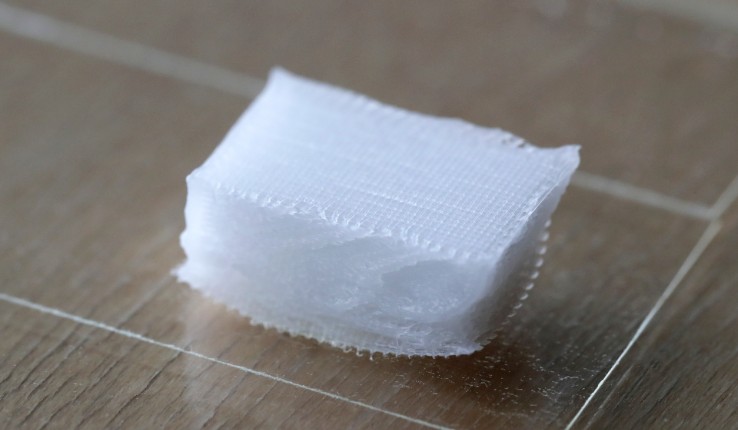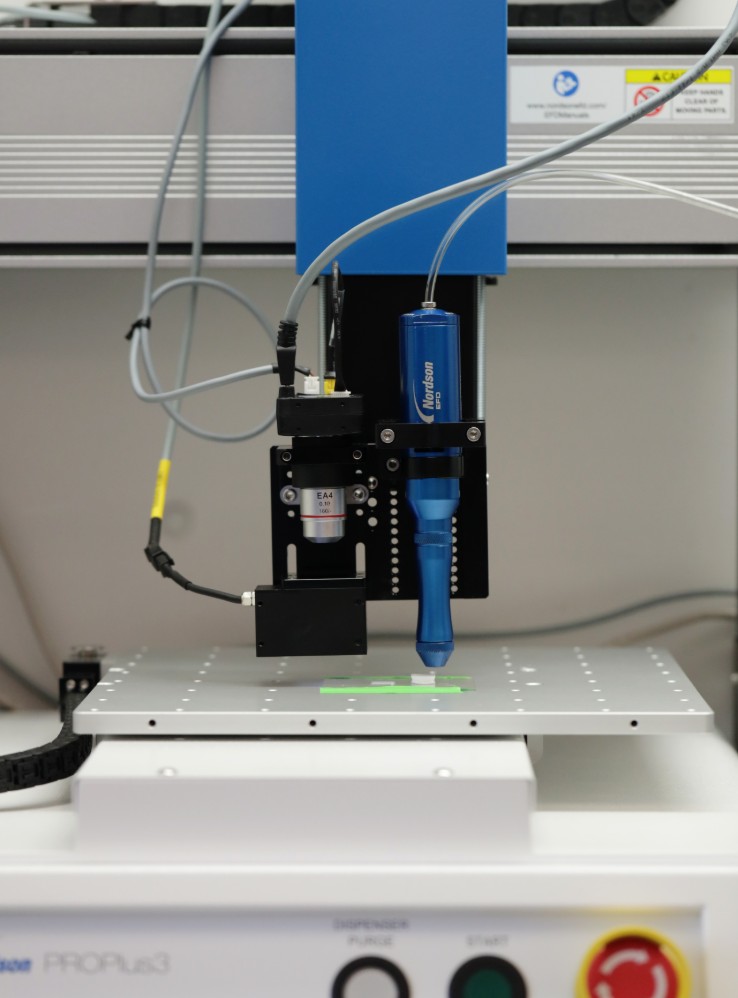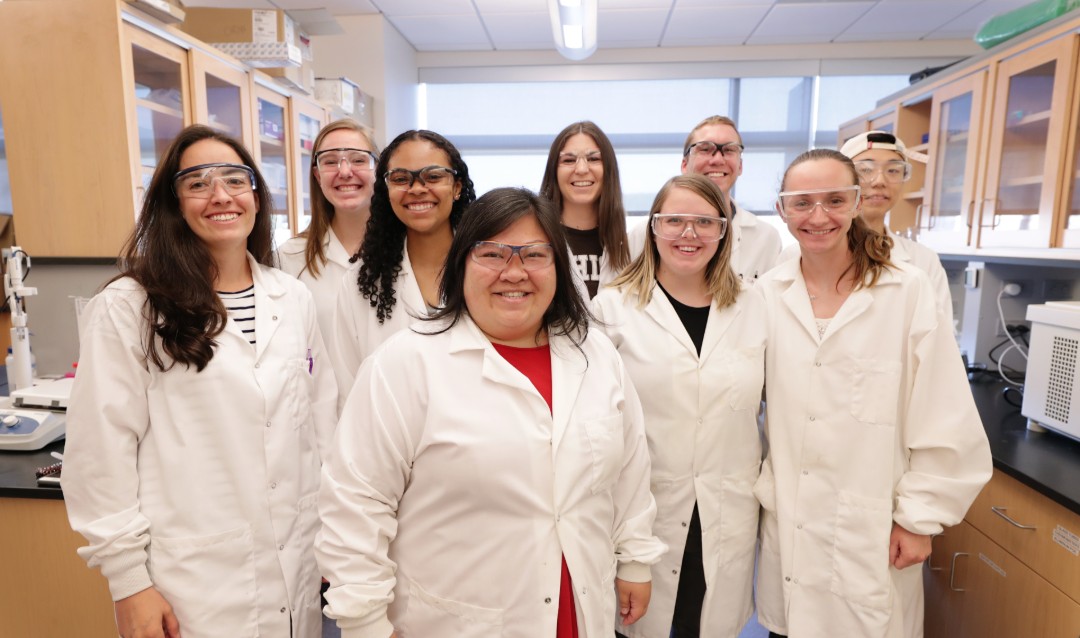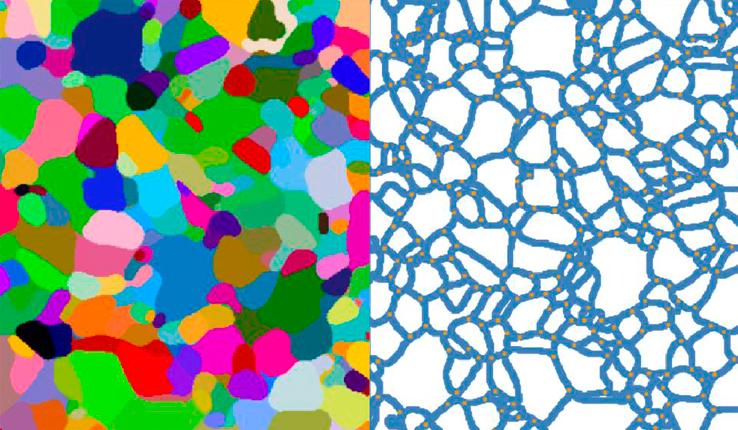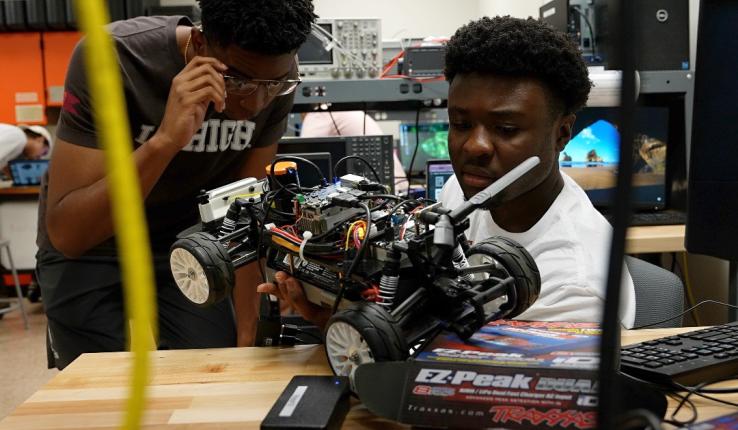Organs, muscles and bones are composed of multiple types of cells and tissues that are carefully organized to carry out a specific function. For example, kidneys are able to filter waste from the blood because of how their specialized cells and tissues are arranged. Disrupting this organization dramatically affects how cells and tissues do their job effectively.
Another example is articular cartilage, which exists where bones meet at the joints. This type of cartilage provides a cushioning material to protect the ends of bones and is tightly integrated with bone through a gradient region known as the osteochondral interface―osteo means related to bone, chondral related to cartilage. When articular cartilage is absent or damaged, debilitating pain results.
Unlike some tissues, cartilage cannot regenerate. It lacks blood vessels to support such repair. After injury or damage, cartilage degeneration progresses, leading to osteoarthritis, which affects approximately 27 million Americans.
“Medical intervention is the only way to regenerate osteochondral tissue,” says Lesley Chow, assistant professor of materials science and engineering and bioengineering. “To successfully regenerate this cartilage and make it functional, we must consider the fact that function is related to both the cartilage and the bone. If the cartilage doesn’t have a good anchor, it’s pointless. You could regenerate beautiful cartilage, but it won’t last if it isn’t anchored to that bone immediately beneath it.”
This presents a huge engineering challenge, says Chow, as it’s difficult to create one organ made up of two very different tissues. What is needed is a tissue engineering method that respects the multi-component and organizational nature of how tissues form in nature, she says, adding: “Then we’d have the ability to create something that’s durable.”


